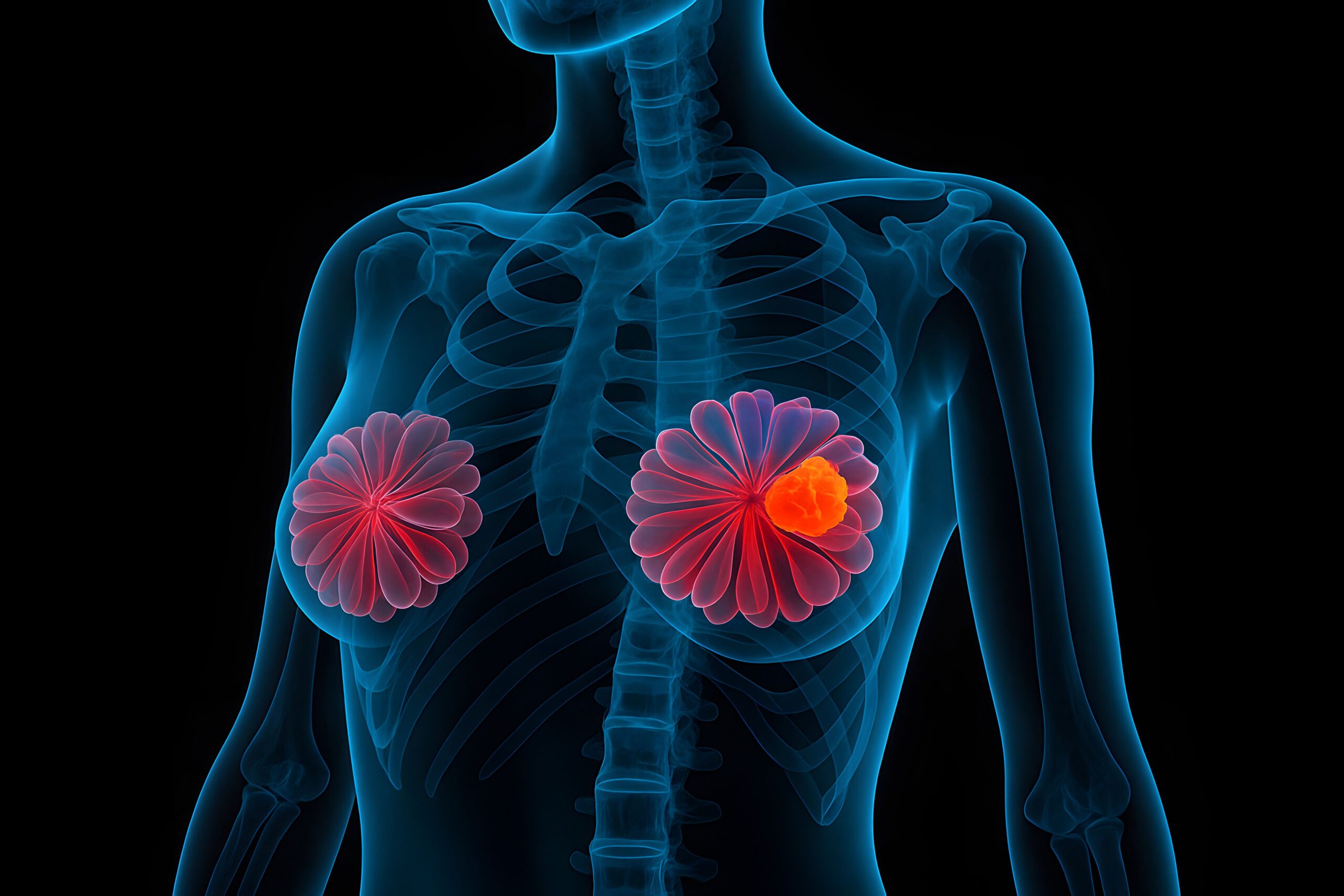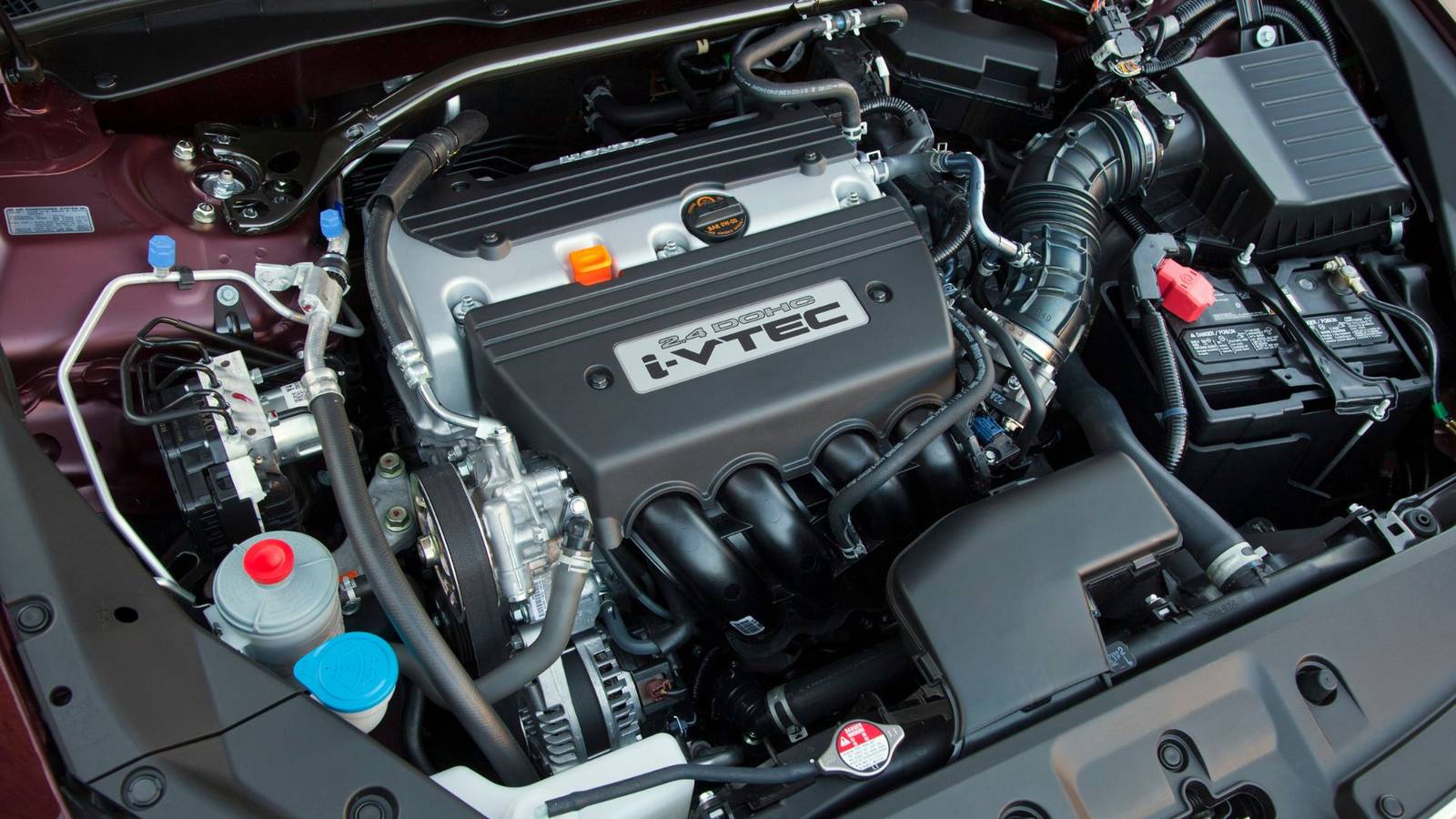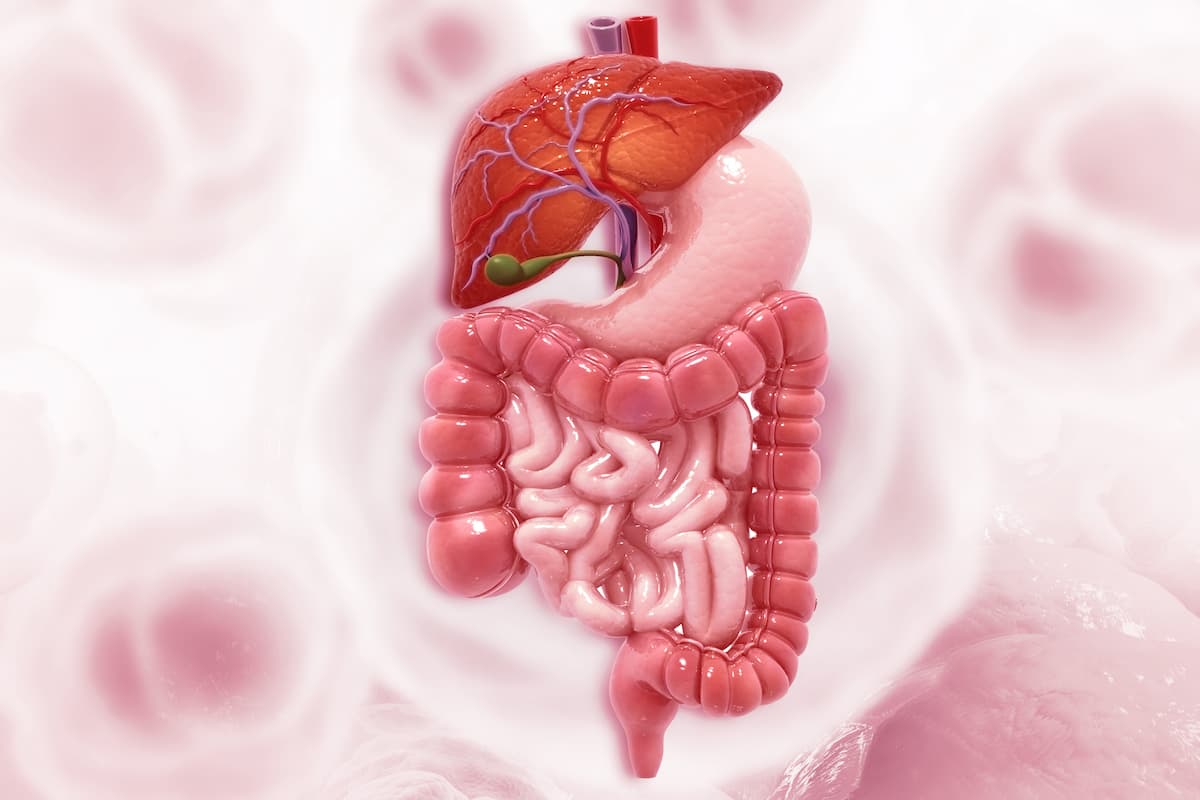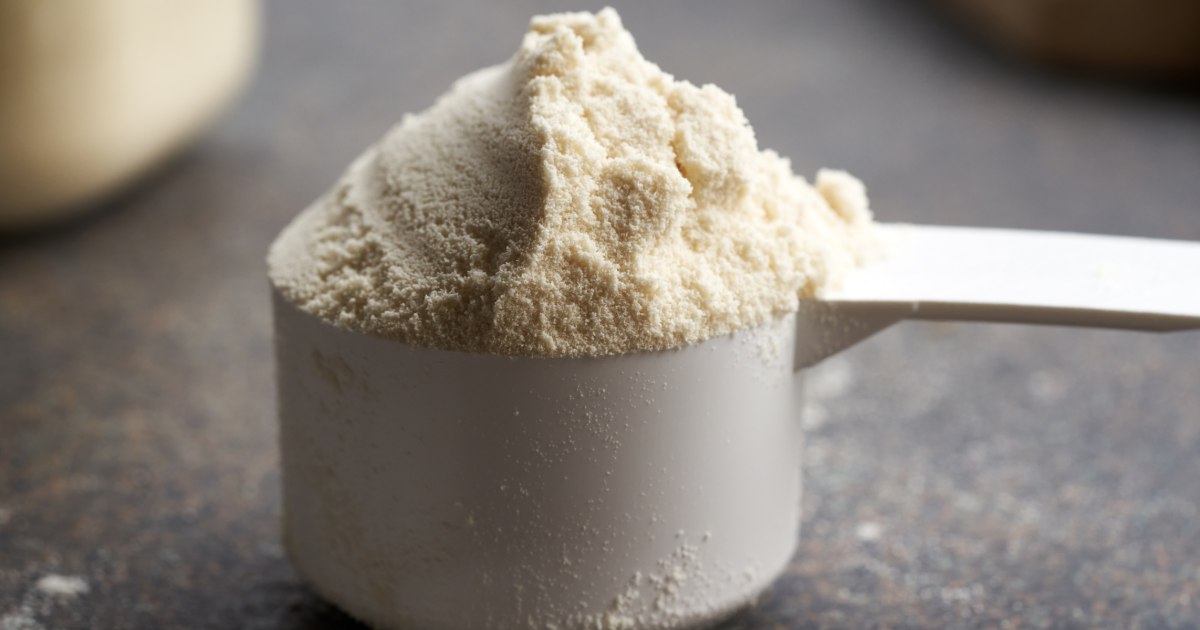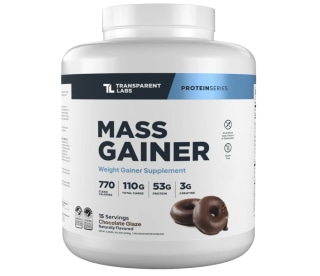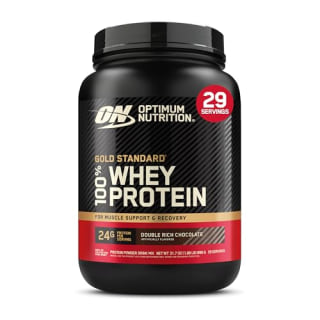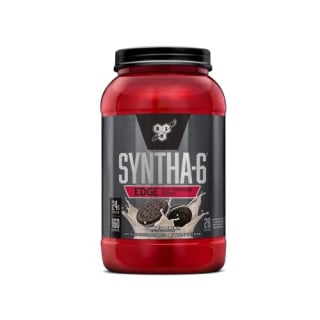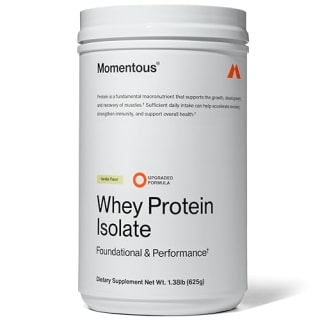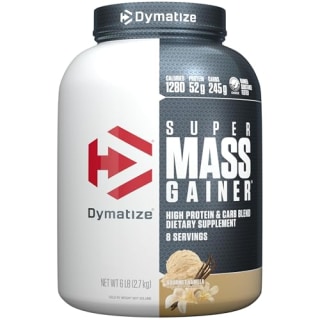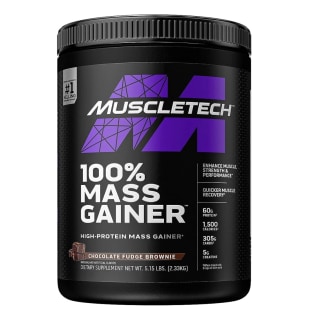At 7 years, adjuvant abemaciclib (Verzenio; Eli Lilly) plus endocrine therapy (ET) resulted in statistically significant and clinically meaningful improvement in overall survival (OS) in patients with hormone receptor-positive (HR+)/HER2-negative (HER2–), node-positive, high-risk early breast cancer (eBC). The data, from the monarchE trial (NCT03155997), were presented at the European Society of Medical Oncology 2025 Congress.1
HR+/HER2– metastatic breast cancer (mBC) represents the most prevalent subtype, comprising approximately 72.7% of all breast cancer cases. Managing this population remains challenging, as tumors with HER2 alterations often exhibit aggressive behavior, underscoring the urgent need for more effective treatment options.2
Abemaciclib, a CDK4/6 inhibitor, has received multiple FDA approvals for use in combination with ET or aromatase inhibitors across various settings. The drug was first approved in 2017 as a monotherapy for adults with HR-positive, HER2-negative advanced or metastatic breast cancer whose disease had progressed following prior endocrine therapy. Since then, its indications have expanded as follows3:
- 2018: Approved in combination with an aromatase inhibitor as initial endocrine-based therapy for postmenopausal women with HR+/HER2– advanced or metastatic breast cancer.
- 2021: Approved in combination with ET (tamoxifen or an aromatase inhibitor) for the adjuvant treatment of adults with HR+/HER2–, node-positive, early breast cancer at high risk of recurrence.
- 2023: Indication expanded for use with ET in adults with HR+/HER2–, node-positive, early breast cancer at high risk of recurrence.
The phase 3 monarchEtrial was an open-label, randomized study evaluating adjuvant abemaciclib in combination with ET for patients with high-risk, HR+/HER2– eBC. Participants were assigned in a 1:1 ratio to receive ET for at least 5 years, with or without abemaciclib for the first 2 years.4
High-risk disease was defined as having either 4 or greater positive axillary lymph nodes (ALN) or 1 to 3 ALN with grade 3 disease and/or tumor size greater than or equal to 5 cm (Cohort 1). Patients with 1 to 3 ALN and centrally confirmed Ki-67 greater than or equal to 20% were included in Cohort 2. The intent-to-treat (ITT) population included both cohorts (n = 5637).4
“[The trial] enrolled high-risk patients—those with either 4 or more positive lymph nodes, or 1 to 3 nodes with grade 3 disease or a large tumor size. An additional cohort included patients with lower clinicopathologic risk features, but a high Ki-67 index,” Stephen R. D. Johnston, MA, FRCP, PhD, professor of Breast Cancer Medicine Breast Unit Department of Medicine Royal Marsden Hospital London, said. “Following local and regional therapy, and chemotherapy in approximately 95% of these high-risk patients, participants were randomized to receive either endocrine therapy alone or endocrine therapy plus two years of abemaciclib.”
The primary end point, EFS, was assessed with OS designated as a key secondary end point. Because the type 1 error was not controlled, OS was evaluated using a gated testing strategy after the primary invasive disease-free survival analysis. Following discussions with regulators, the target number of events was increased from 390 to 650 to allow a minimum follow-up of 5 years and to generate a more mature and robust survival dataset.4
After a median follow-up of 6.3 years, 301 deaths occurred in the abemaciclib plus ET arm compared with 360 in the ET-alone arm. The addition of abemaciclib reduced the risk of death by 15.8%(HR, 0.84; 95% CI, 0.72–0.98; P = .027), achieving statistical significance.4
OS improvement was observed across all predefined subgroups. Durable benefits in IDFS and distant relapse–free survival (DRFS) was maintained through 7 years, with hazard ratios of 0.73 (95% CI, 0.66–0.82) and 0.75 (95% CI, 0.66–0.84), respectively.4
At 7 years, IDFS rates were 77.4% with abemaciclib plus ET vs 70.9% with ET alone, while DRFS rates were 80.0%vs74.9%, representing absolute gains of 6.5% and 5.1%. More patients in the ET-only arm (52%) went on to receive CDK4/6 inhibitors in the metastatic setting than in the abemaciclib plus ET arm (34%). In cohort 1, results for IDFS, DRFS, and OS were consistent with the ITT findings. Long-term safety data showed no new or delayed toxicities.4
Two years of adjuvant abemaciclib combined with ET produced a statistically significant and clinically meaningful OS advantage compared with ET alone in patients with HR+/HER2–, node-positive, high-risk eBC. Sustained improvements in IDFS and DRFS were maintained through 7 years, reinforcing the long-term benefit of this treatment approach.4
“The addition of abemaciclib results in a 1% difference in 5 years, 1.3% in 6 years, 1.8% at 7 years,” said Stephen R. D. Johnston, MA, FRCP, PhD, professor of Breast Cancer Medicine Breast Unit Department of Medicine Royal Marsden Hospital London, “so with a median follow up of 6.3 years, abemaciclib has reduced the risk of death by 15.8% compared to endocrine therapy alone.”
These findings highlight the sustained efficacy of adjuvant abemaciclib when added to endocrine therapy, demonstrating not only improved survival outcomes but also a meaningful reduction in disease recurrence and progression to metastatic breast cancer. By lowering the number of patients who develop metastatic disease, the therapy may further enhance long-term overall survival, reinforcing its role as a critical treatment option for patients with high-risk HR+/HER2– early breast cancer.
“In conclusion, the primary OS analysis demonstrates that 2 years of abemaciclib combined with [ET] resulted in a statistically significant improvement in [OS] in the ITT population, reducing the risk of death by 15.8%,” explained Johnston. “Importantly, this translates into a clinically meaningful impact, with fewer patients developing metastatic disease—approximately 30% fewer—an effect that is expected to contribute to an even greater overall survival benefit over time.”
